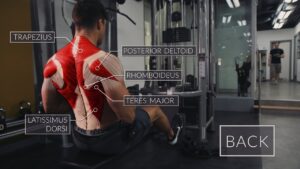To better understand GERD, it’s important to know what happens in the normal digestive process. As you chew your food and swallow, food particles travel from your mouth to the esophagus. The esophagus is a muscular tube that contracts and relaxes in a wave-like motion to help move food and liquids down toward your stomach. This is called “peristalsis.” Just before the esophagus gets to the stomach, it travels through your diaphragm. The diaphragm is a broad muscle that separates your stomach from your chest cavity. The opening in the diaphragm where the esophagus travels through, is called the “hiatus.” You’ll hear more about the hiatus, and how it can be associated with GERD, a little later. The esophagus then joins the stomach at the “lower esophageal sphincter,” also called the “LES.” This sphincter acts as a doorway between the esophagus and the stomach. After you swallow, it opens to let food into the stomach. Then, the sphincter closes to keep food and stomach juices from going back up into the esophagus. The hiatus also helps close off the entryway to the stomach. Inside your stomach, strong acids and enzymes make up the stomach juices that break down your food. Your stomach has special mechanisms that help protect it from these strong juices. But your esophagus doesn’t have these same defenses, so it’s important for the LES to close off the stomach opening to keep the juices in the stomach. Sometimes, the acidic contents of the stomach do go back up, or reflux, into the esophagus, and some reflux is normal. Much of the time, this never causes any problems because the esophagus also has some ways to protect itself. For example, the saliva in your esophagus can help neutralize stomach acid, and gravity and peristalsis help to wash the saliva and stomach juices back down into the stomach. But other times, reflux can cause the burning, pressure, or pain in your chest or throat that most people call heartburn or acid indigestion.
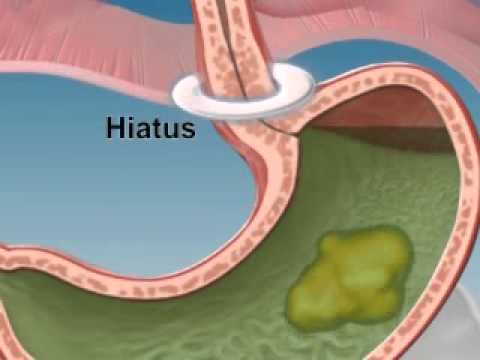
How Does My Stomach Work?
- Post author:
- Post published:May 27, 2021
- Post category:Uncategorized
- Post comments:0 Comments
You Might Also Like
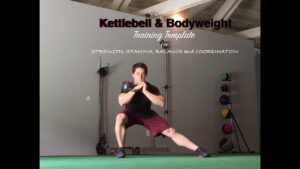
Kettlebell & Calisthenics Training Template

Dr. Oz: Fat and Body Types
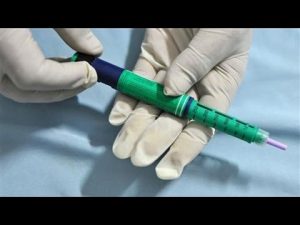
Is a New Treatment for Diabetes Near?

Deltoid Front Raises-3

Ovaries, Fallopian Tubes, Uterus, Cervix, etc

Ct Angiography full Video | StarImaging & Path Labs
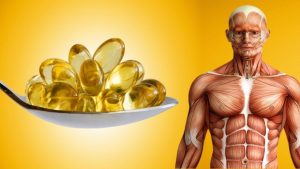
See What Happens To Your Body When You Start Taking Fish Oil Everyday

Gain Weight Fast – Without Eating A Lot?
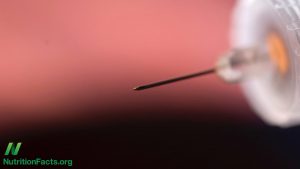
What Causes Insulin Resistance?

Geriatric Nutrition Video – 2

Functional Training Video – 3

How To: Outside Grip Cable EZ-Curls (LF Cable)

Latissimus Dorsi (BACK) Muscle Workout – High Intensity Shredding Workouts

Lateral Raises-1

Spa Associations Video – 2
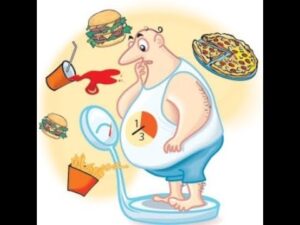
Overweight & Obesity Video – 20

Ayurved Panchakarma Video – 2

Keto Diet, Keto Foods, Keto Recipes Video – 29
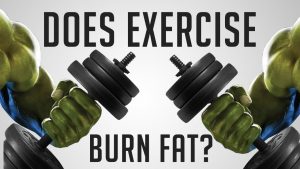
How Does Exercise Really Burn Fat? (Exercise vs DIET)

Shoulder Front Raise (w/ Band)

Do Vitamin Supplements Really Work?

The Human Body Video – 1
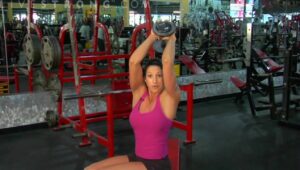
One Hand Triceps Extension-9

How To: Seated Incline Dumbbell Bicep Curl

Stretching Exercises Before Running
Post Workout Nutrition

Abdominal Exercises – Reverse Trunk Twist
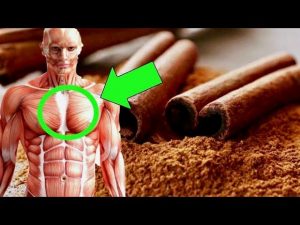
Top 6 Foods To Reduce Hypertension

Branches of Physiotherapy Video – 10
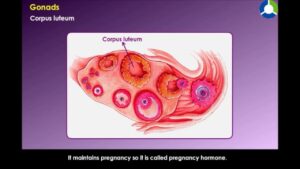
Gonads – Control and Coordination (CBSE Grade :10 Biology)
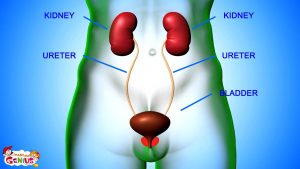
Excretory System Parts and Functions Animation video for kids
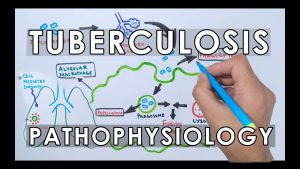
Tuberculosis

Green Coffee Recipe to Enhance Fat Burning and Lose Weight

BMR & BMI

Pranayama Video – 1
Intensity

Relactation and induced lactation | Breastfeeding

Spa Products Video – 2

Top Health Benefits of Omega 3 You Should Not Miss
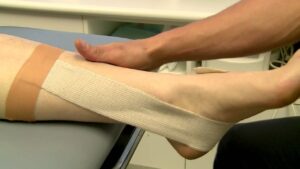
Branches of Physiotherapy Video – 13

What is Aerobic Exercise- Cardio and aerobics workouts
